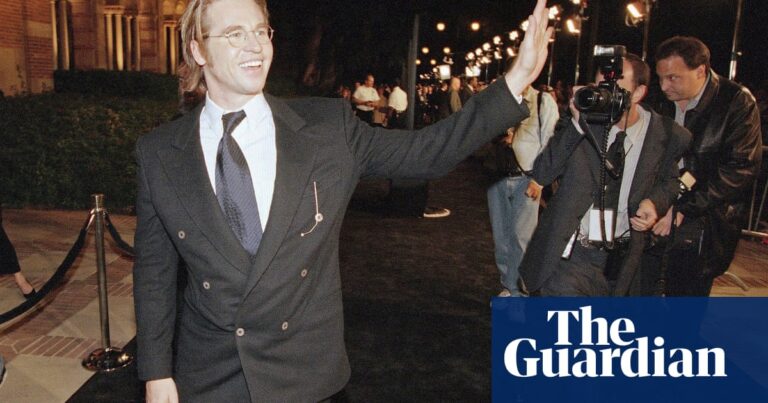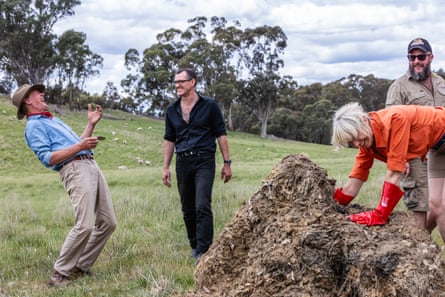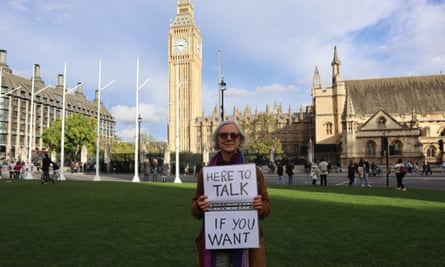W
What is defined as country music? Who has the permission to perform it? Anytime a Black musician releases a country song, there is an influx of criticism, remarks, and viewpoints. Some may say, “That’s not authentic country!” while others accuse cultural appropriation. Some may think, “She should stick to her own genre.” As Dukes of Hazzard actor John Schneider crudely stated in a recent conversation, “Every individual must leave their mark, isn’t that right?”
These remarks, varying from uninformed to strongly biased against women of color, assume that the genre of commercial country music – known for its guitars, banjos, fiddles, and themes of pickup trucks, heartbreak and a rustic melancholic sound – is a tradition exclusive to white, rural southerners. However, this assumption is inaccurate.
The true history is complex and chaotic. In order to uncover the reality, we must look back hundreds of years before the time of Waylon Jennings and Johnny Cash – to the music developed by those who were enslaved and the music industry that was built on segregation. The enslaved people from the African diaspora first crafted the banjo in the Caribbean during the 1600s. This is an established historical fact. They were also skilled at playing other string instruments (such as the violin). Regardless of their status as enslaved or free, these Black musicians became the main source of entertainment and dance music in European societies from Barbados to Monticello to Rhode Island. They performed at various events, from lavish balls to political gatherings, and often collaborated with impoverished individuals of all races and backgrounds. Over time, these musicians blended their own musical traditions to create what we now know as American folk music.

Display image in full screen mode.
During the 1800s, this traditional music became the basis for blackface minstrel shows, which were the most popular and racially charged form of entertainment in America. These shows heavily influenced all types of popular music that came after them. Throughout the years, black individuals played a significant role in these performances, using instruments such as fiddles, banjos, guitars, and harmonicas. They skillfully blended and performed their local musical customs, all while adapting to the demands of mainstream audiences in a professional setting.
The recording industry was established in the 1920s, marking a shift in the landscape.
We have been conditioned to believe that genre is an unavoidable and unchangeable classification of musical expression, however we must not conflate it with tradition. Tradition is molded by the inherent logic of distinct communities through extensive processes of creative involvement, as evidenced by the practices of Gaelic-speaking bagpipers from the Highlands, ngoni-playing djelis from Mali, fiddling ballad singers in the Ozarks, and numerous other musical traditions from around the globe. Tradition serves a cultural purpose for the individuals within a community. It includes story songs, dance songs, spiritual songs, work songs, each performed and sung in countless different ways, depending on the community’s understanding.
Genre, however, is a result of capitalism, where those in positions of power dictate and manage it as a means of commodifying art. In the 1920s, leaders in the recording industry recognized the need to promote and advertise records to increase sales. To do so, they established categories through which the entirety of American culture could be condensed into a few catchy phrases. Due to the cultural norms in the US, these categories often revolve around race, resulting in the Great Segregation of American Music.
In the early 1900s, the American music scene was dynamic and diverse, with the focus on different regional styles rather than race. However, as the industry grew and became more commercially driven, this began to shift. Musicians started experimenting and combining genres, causing a separation within the industry. Genres such as race and hillbilly transformed into country and R&B in the 1960s, which eventually led to the emergence of rock and hip-hop in the 1980s, and this pattern continued on.
In the present time, following a century of being ignored, inaccurate stories, and prejudice ingrained in the country music industry, it is crucial to bring attention to the significant role Black individuals played in the creation of country music. It is important to acknowledge that Black musicians, along with their white working-class peers, were not simply influenced by the genre, but were active contributors and innovators. Country music would not exist as we know it today without the contributions of Black string band musicians, who were at the core of American music for over a century prior to the invention of record players.
Nobody owns an art form. Everyone is allowed to enjoy and make country music, especially when done with respect, understanding and integrity. But let’s stop pretending that the outrage surrounding this latest single is about anything other than people trying to protect their nostalgia for a pure ethnically white tradition that never was. The fact is, we’ve all been lied to; poor people of all backgrounds came together to make the music that the industry named country, and its birthright is one of the best things about being American.
Source: theguardian.com





















